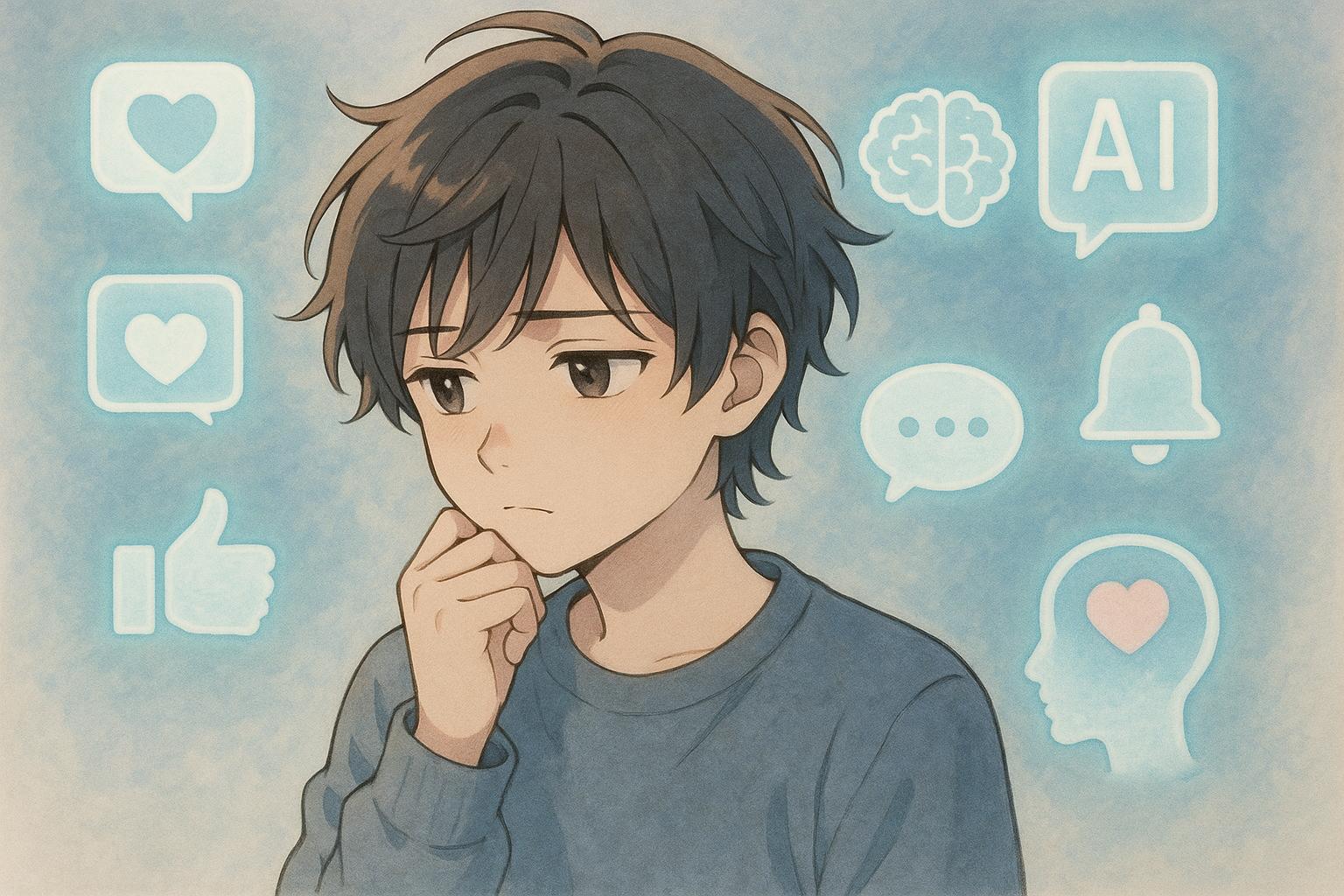Technology has woven itself into the fabric of modern life, permeating our daily routines through remote work, social media interactions, dating applications, and telemedicine. This pervasive presence raises pressing questions about the effects of extensive online engagement on mental health. A recent broadcast special, "Promise & Peril: Technology and Mental Health," hosted by Kimberly Adams, delves into these issues, offering insights from experts and personal stories that illuminate both the benefits and challenges of technology's role in our emotional well-being.
In response to the staggering pace of technological advancement, there is a growing discourse around the concept of 'brain capital.' This term encompasses aspects of brain health, cognitive capacity, and skill development, particularly as society grapples with longer lifespans and digital distractions. Experts have voiced concerns that the overwhelming flow of information, characteristic of today’s digital landscape, can negatively impact mental health by stunting creativity, resilience, and analytical capabilities. Advocates argue for a concerted effort towards investing in the enhancement of brain capital, which could facilitate personal growth and innovation, ultimately supporting long-term well-being alongside technological progress.
Contrastingly, certain technological tools demonstrate the potential for positive contributions to mental health. For instance, innovative applications such as the game MindLight have been designed specifically to help children manage anxiety, illustrating how digital advancements can be harnessed for therapeutic benefits. Furthermore, discussions surrounding the ethical capabilities of artificial intelligence indicate its promise in aiding human development, provided that responsible practices guide its evolution. This potential creates a compelling case for collaboration across various sectors, ensuring that technological innovations serve to bolster rather than undermine mental health.
However, concerns about the impact of technology—particularly smartphones and social media—on adolescent mental health persist. Research led by Candice Odgers challenges the notion that digital technology is a direct catalyst for issues such as depression among youth. While some argue that familial and educational stressors are more significant contributors to mental health struggles, others, like Tristan Harris, co-founder of the Centre for Humane Technology, emphasise the urgency of prioritising young people's mental health. He warns against the unchecked growth of social media platforms, advocating for regulatory measures to protect vulnerable users from potential harms, including the negative influence of AI chatbots on minors.
At the same time, there is an ongoing debate about the connection between digital device usage and adverse mental health outcomes. Psychologist Pete Etchells vehemently critiques prevalent viewpoints that link screen time to diminished mental health, pointing out that many existing studies rely on correlation rather than causation. He challenges researchers and policymakers alike to focus on evidence-based approaches rather than knee-jerk regulations, highlighting that feelings of loneliness might drive both increased smartphone use and mental health challenges.
In workplace settings, the infiltration of AI raises its own set of mental health concerns. While AI can enhance productivity, its misuse might lead to worker isolation and confusion, undermining traditional collaborative practices essential for emotional connectivity in professional settings. To mitigate these risks, experts advocate for a reconsideration of job designs that promote meaningful human interactions while leveraging technology judiciously.
As we navigate this technologically-entwined existence, it is crucial to strike a balance. On one hand, there are undeniable threats posed by excessive screen time and social media engagement; on the other, technology offers tools that can improve mental health and facilitate emotional growth. The conversation is ongoing, and as our relationship with technology evolves, so too must our understanding of its impact on mental health.
Reference Map
- Paragraph 1: [1]
- Paragraph 2: [2]
- Paragraph 3: [3]
- Paragraph 4: [4], [5]
- Paragraph 5: [6]
- Paragraph 6: [7]
Source: Noah Wire Services
